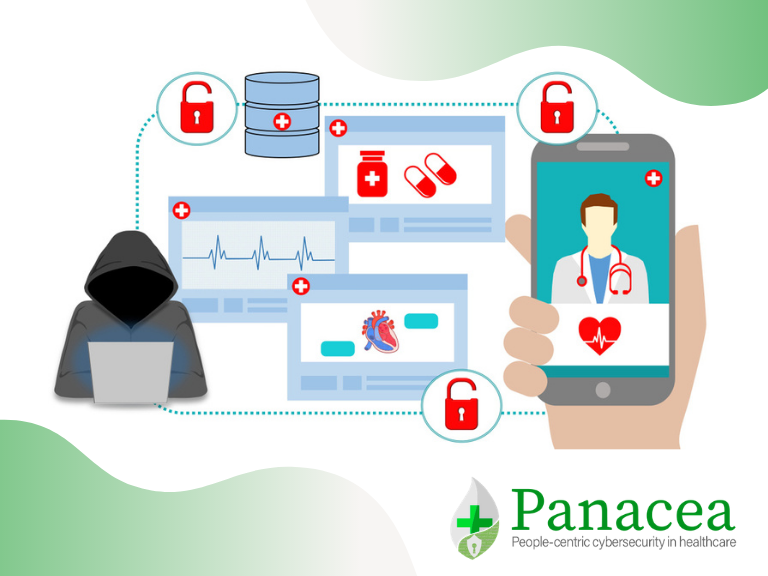The number of cyber-attacks around the world exploded in 2020: exploiting the Covid-19 pandemic as an opportunity for cybercriminals to take advantage of the shift in focus towards smart working and hospital staff transferred to the frontline.
Your hospital needs you: Eliciting positive cybersecurity behaviours from healthcare staff using the AIDE approach

D. Branley-Bell, L. Coventry, E. Sillence, S. Magalini, P. Mari, A. Magkanaraki, K. Anastasopoulou
Staff behaviour plays a key role in the cybersecurity position of an organisation. Despite this, behaviour-change interventions are not commonly applied within the field of cybersecurity. Behaviour change techniques could be particularly beneficial given the increasing concerns around healthcare cybersecurity risks; particularly following the 2017 WannaCry ransomware attack which had devastating results on healthcare services.
Cyber-risk is particularly concerning within healthcare given the criticality of medical systems and the potential impacts of a cyberbreach or attack. In worst case scenarios, cybersecurity incidents could result in patient harm or even fatalities. Whilst there has been concerted investment in improving healthcare’s technological defences against cyberthreat, the same level of investment has not been made in healthcare staff. This has left staff behaviour as a vulnerability which can be exploited by attackers.
This paper introduces a structured approach to help organisations work through four key steps that we refer to as the AIDE approach to Assess, Identify, Develop and Evaluate behaviour change techniques to facilitate more secure behaviour. We include a worked example of how we are applying this approach to the development of interventions to mitigate insecure cybersecurity behaviours in a healthcare context.

